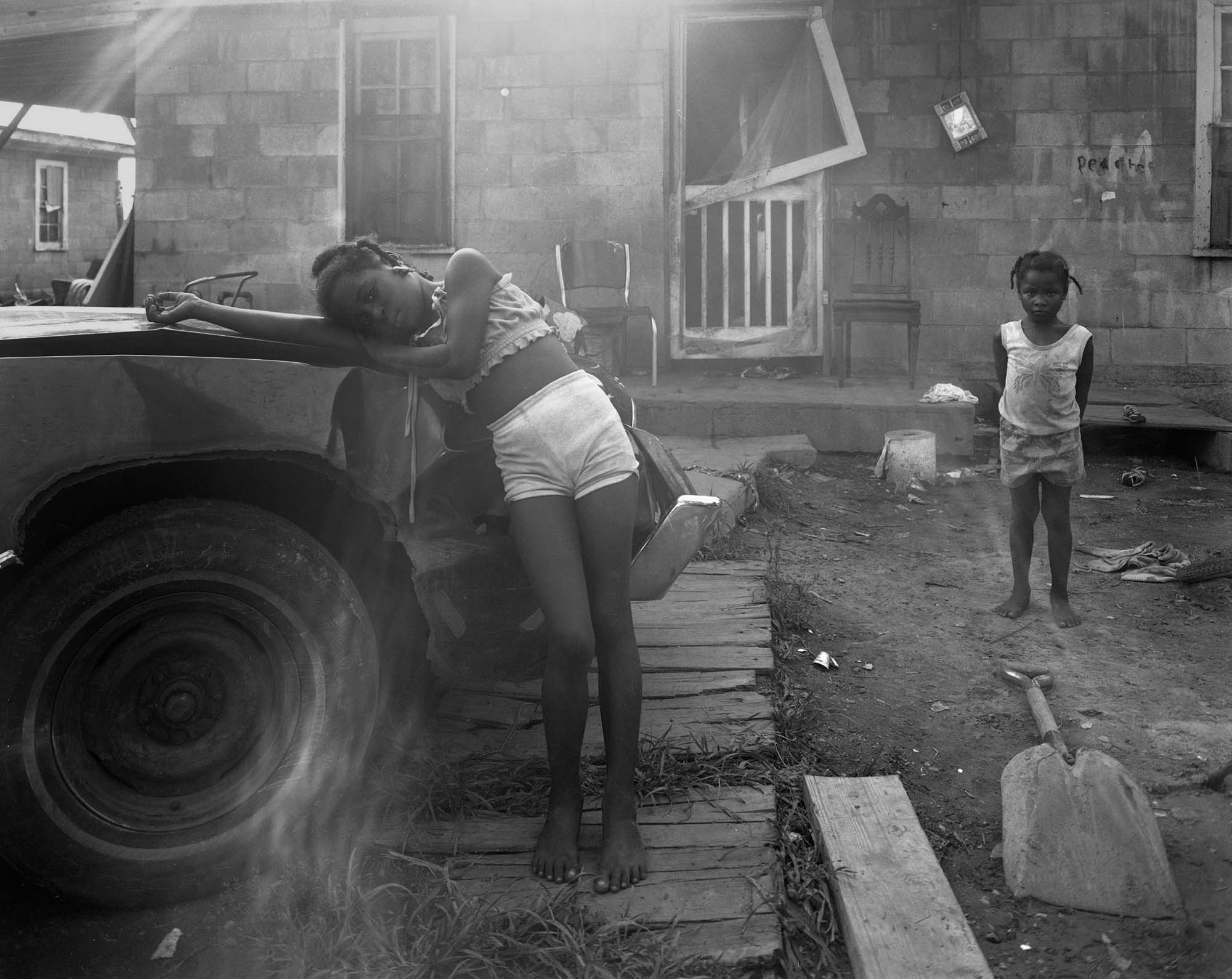
I suspect that few are aware of the accomplishments of Baldwin Lee, who, photographing in the South 30 years ago, produced a body of work that is among the most remarkable in American photography of the past half century.
In the early 1970s, Lee studied photography with Minor White at MIT and then with Walker Evans at Yale. He became Evans’ printer, and afterwards began to teach photography at the Massachusetts College of Art and then at Yale. Lee took a cross-country photo trip with former classmate Philip Lorca-DiCorcia in 1981 and a year later joined the faculty of the University of Tennessee. He retired last year.
When Baldwin Lee first arrived in the south, he did not know what he would photograph. He took a 2,000-mile exploratory trip on the back roads photographing anything that interested him with his 4 x 5-inch view camera. “My subjects included landscapes, cityscapes, close-up details, night studies, interiors of commercial and residential buildings, and portraits of people—white and black, old and young, rural and urban, well-to-do and poor,” he writes in a manuscript that has yet to find a publisher. “Upon proofing the film, I saw that the suspicion I had had while making the photographs was confirmed—what interested me most were the pictures of black Americans who lived in poverty.” Lee was surprised by the strong empathy he found he had for the subject.
An American of Chinese descent, Lee must have cut an odd figure carrying his bulky equipment in these communities. He begins his manuscript, In Consideration of Photographing in the South, with a chapter entitled The Bed You Lie In: “My profession was announced as I walked down the road by the tripod-mounted, large-format wooden camera perched on my left shoulder,” he writes. “I had long since discovered that walking is by far the most useful way to increase your chances of encountering interesting people and situations. I was making my way along a street in a dilapidated commercial area on the outskirts of downtown Augusta, Georgia, when a beater van slowed as it passed. A slowing vehicle usually means one of two things. Either it is a random innocent event, or you are being checked out, perhaps out of curiosity. It is not every day that people see an Asian man in the black section of town carrying a big camera.”
A couple inside the van invites Lee in: “A short time later we arrived at a funeral home. The man and his wife had lost their baby a few days before.” Baldwin continues his story and discusses the photograph he was asked to take of their baby and then launches into a discussion on post-mortem photography, crib safety, and James Van Der Zee. His manuscript is part memoir, part treatise on photography. He slips in and out of topics, many of which shed light on the photographer’s predicament. Delightfully, he veers from Eudora Welty to Las Vegas to his father’s bath schedule (his large family in Manhattan’s Chinatown had to contend with one bathroom) to the unequal distribution of wealth to Aesop’s Fables. He offers insights to Walker Evans and gives a rich reading of Evans’ photographs.
Baldwin Lee’s inspired work from the mid-1980s deserves to be known by a larger audience. It is the result of a keen talent and intellect working with discipline, passion, concern, and risk. The neglected world he describes has perhaps vanished by now, but it is my hope that his unique images along with his words will find a publisher and enrich our understanding of what photographers do.
Baldwin Lee is a photographer, university professor and Guggenheim fellow based in Tennessee.
Mark Steinmetz is a Guggenheim fellow and his work is in the collections of The Museum of Modern Art, The Metropolitan Museum of Art, and The Whitney Museum of American Art, among others. His publications include South Central 2007, South East 2008, Greater Atlanta 2009 and Paris in my time 2013. His newest book on little league baseball, The Players, will be published in spring 2015 by Nazraeli Press. See more of his work on TIME LightBox. Mark Steinmetz: South is on show at the Ogden Museum of Southern Art in New Orleans until May 10, 2015.


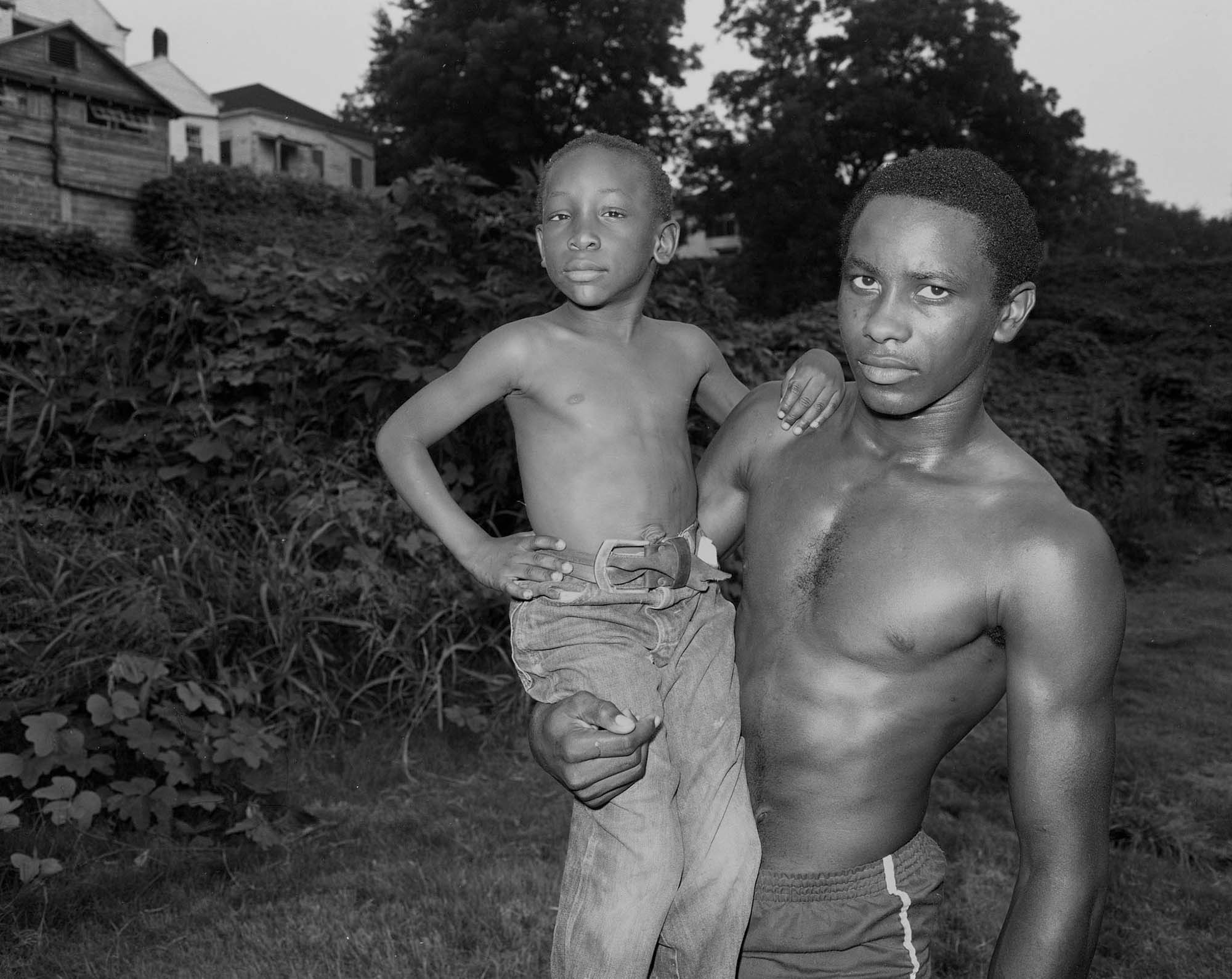
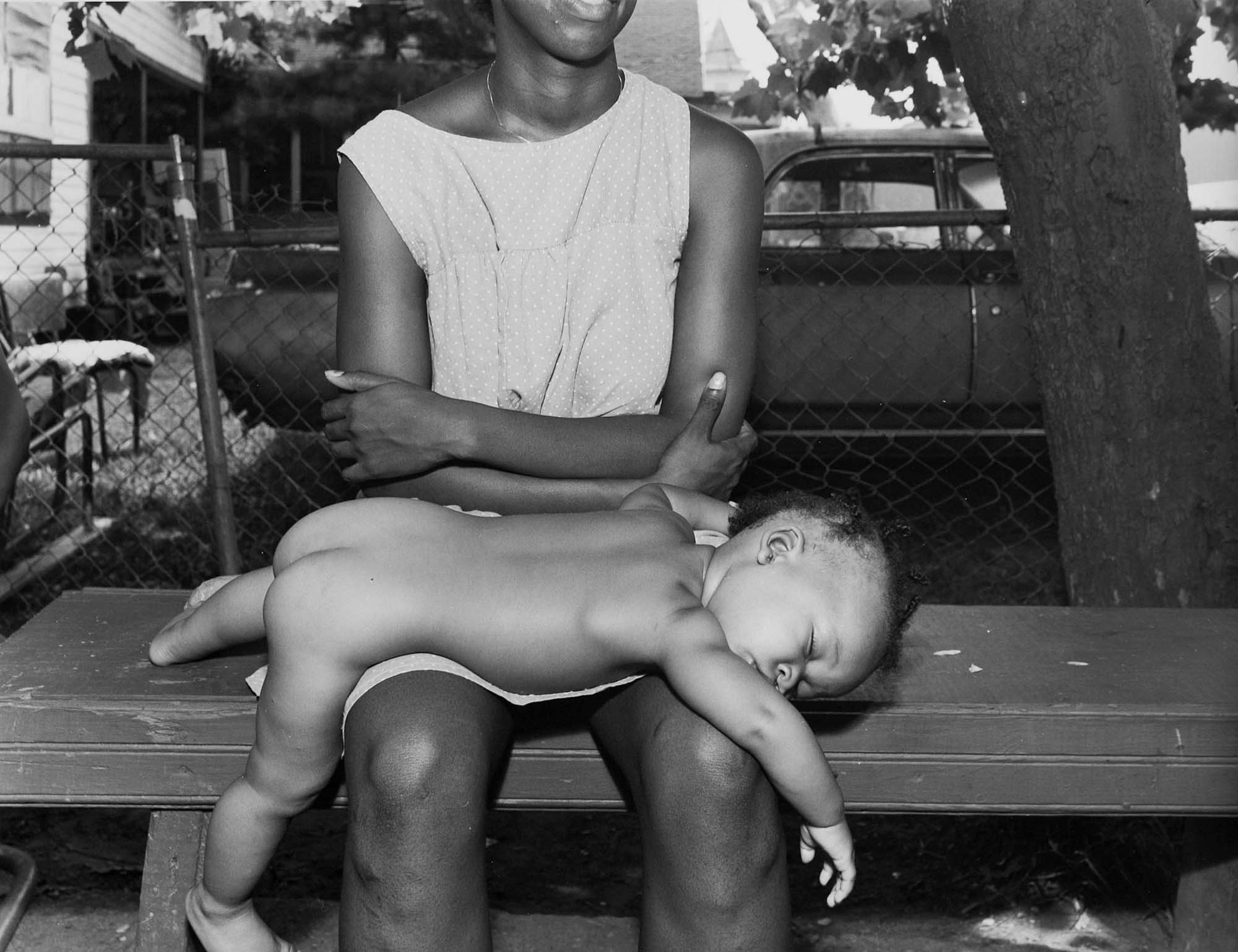

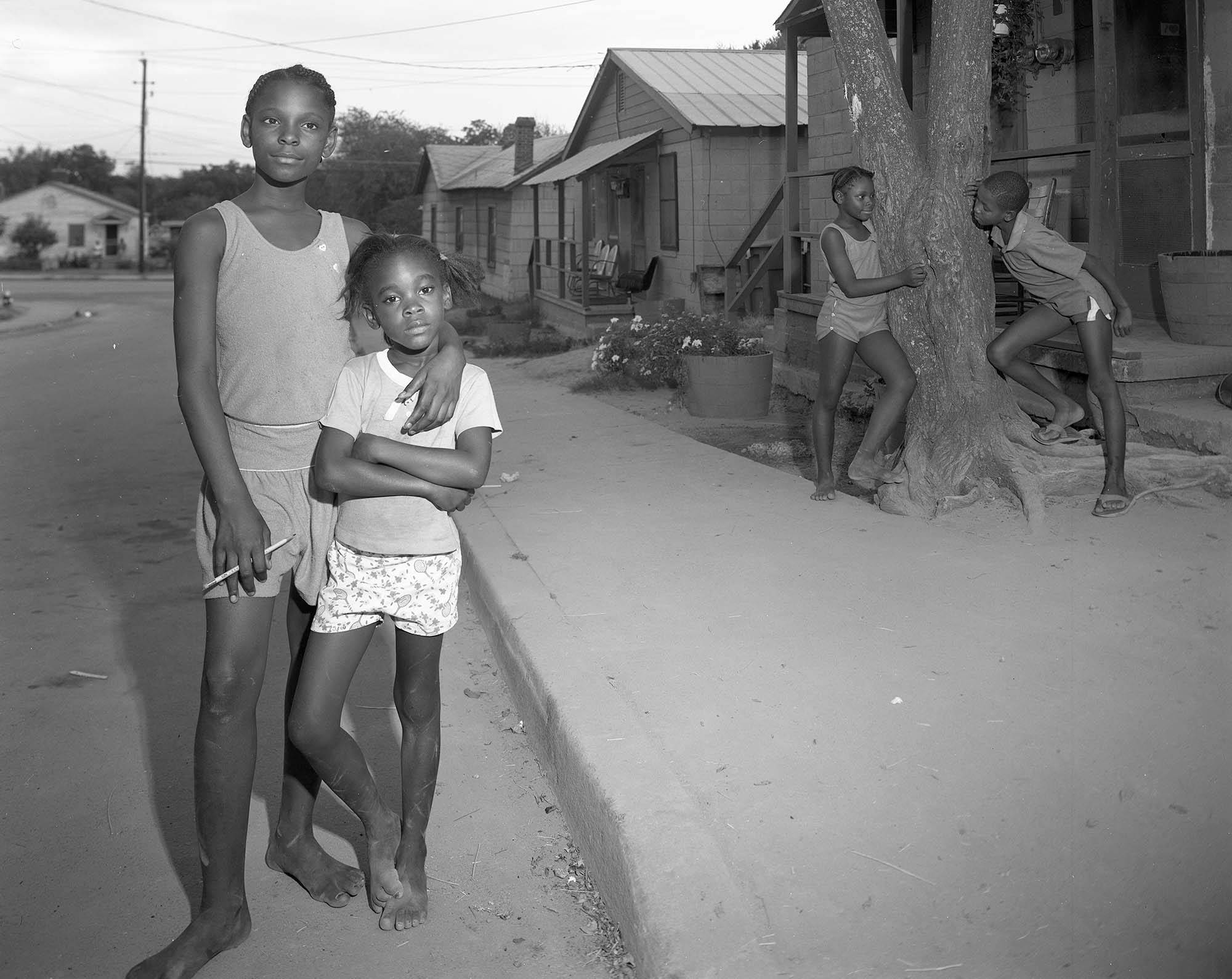
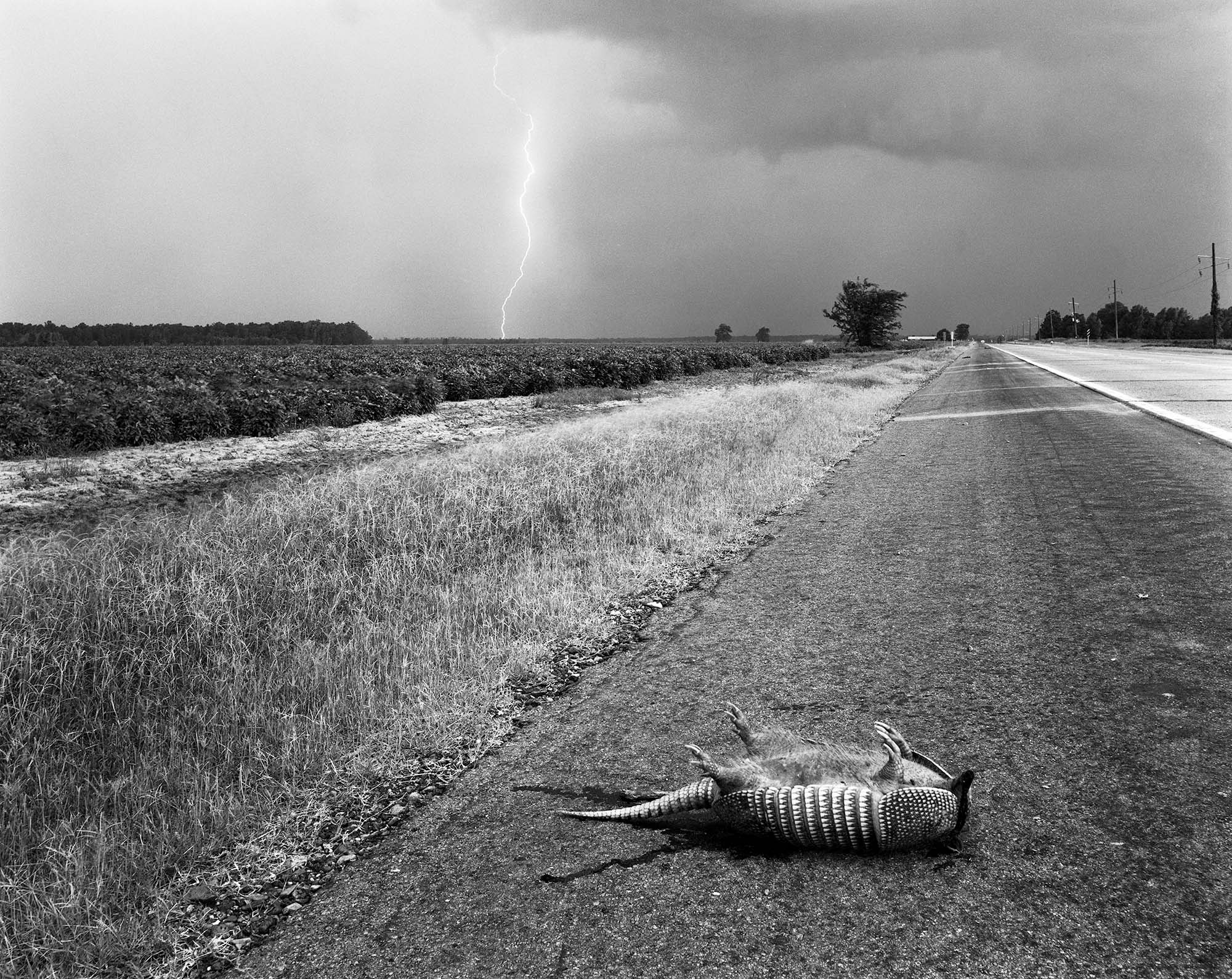

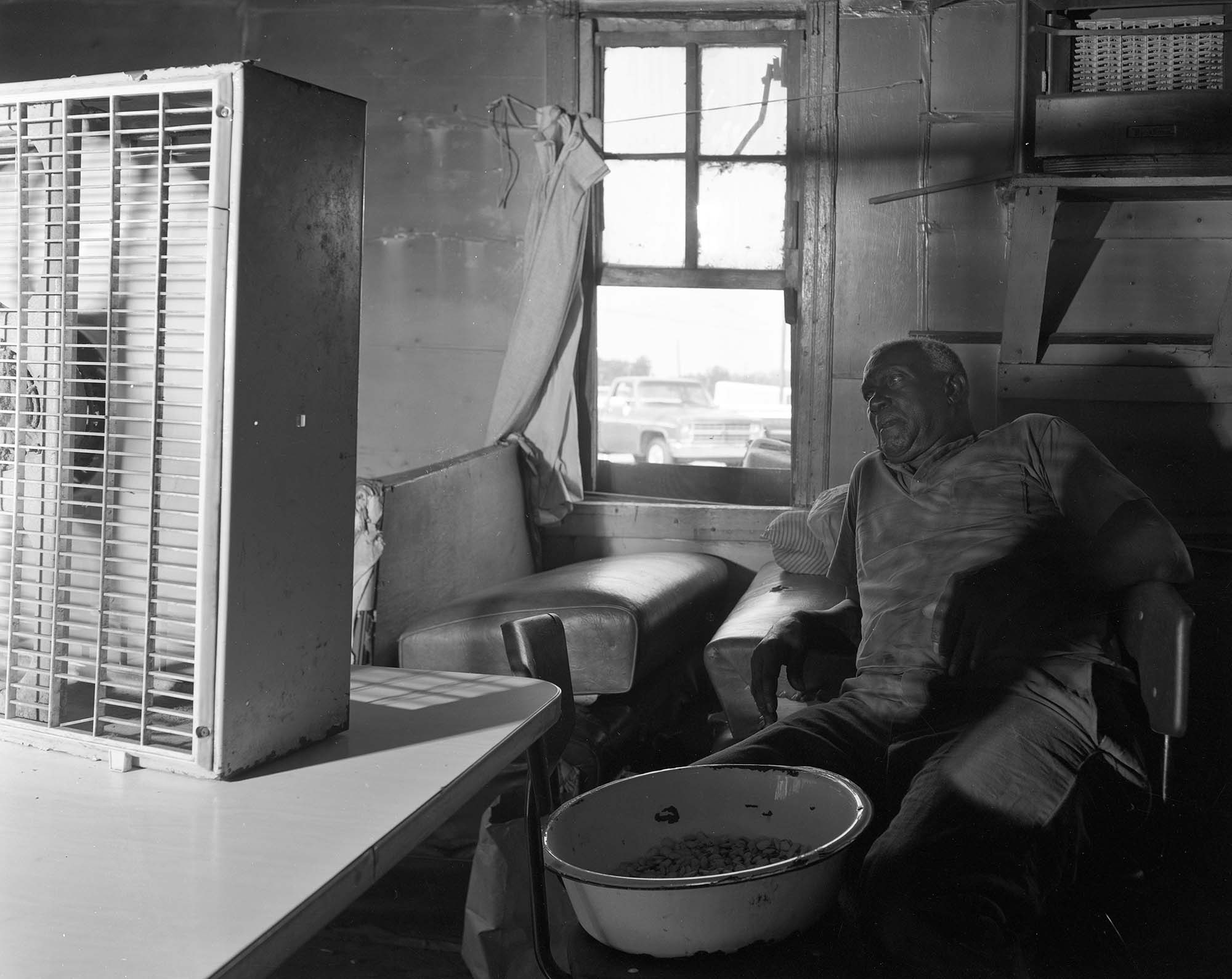
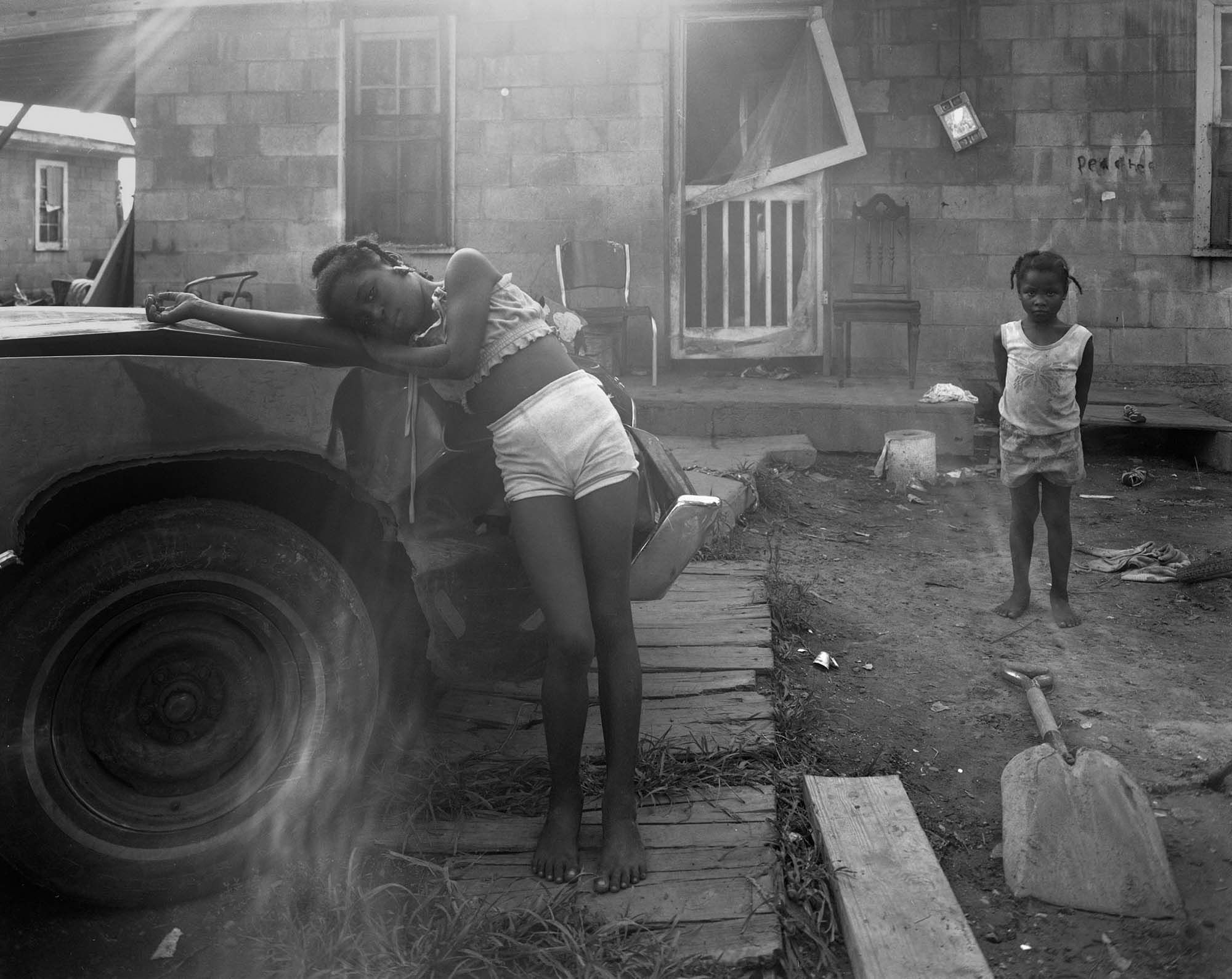
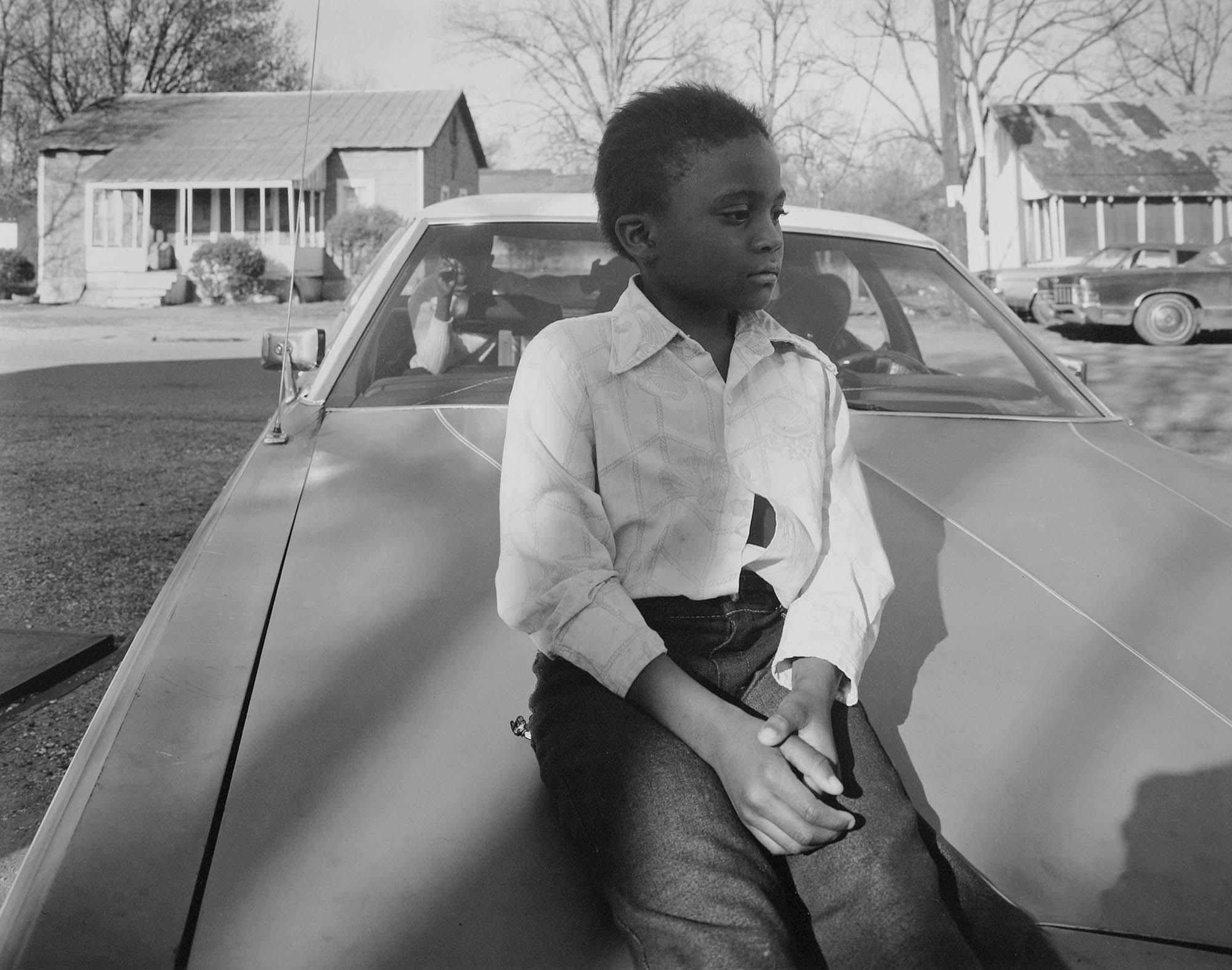
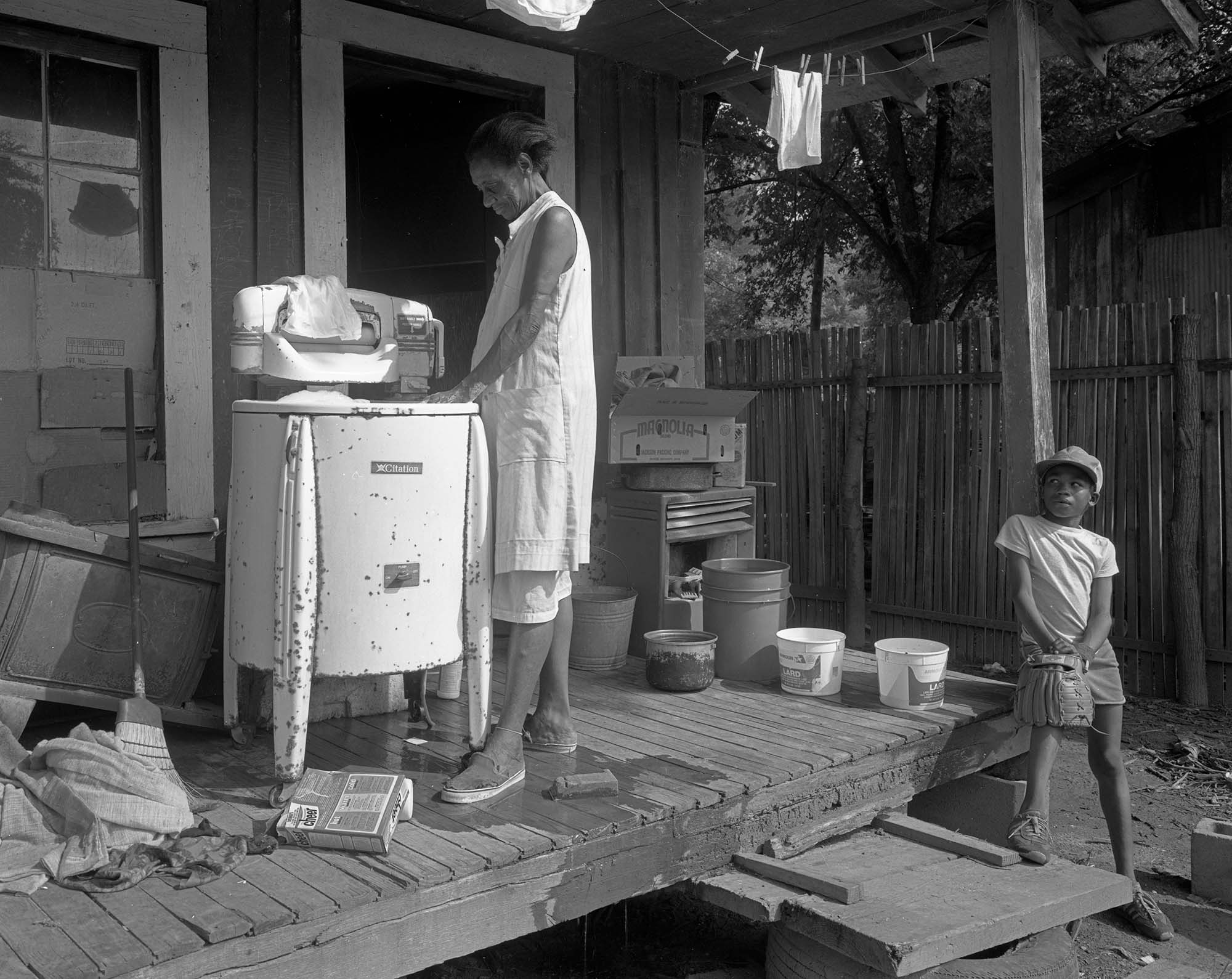
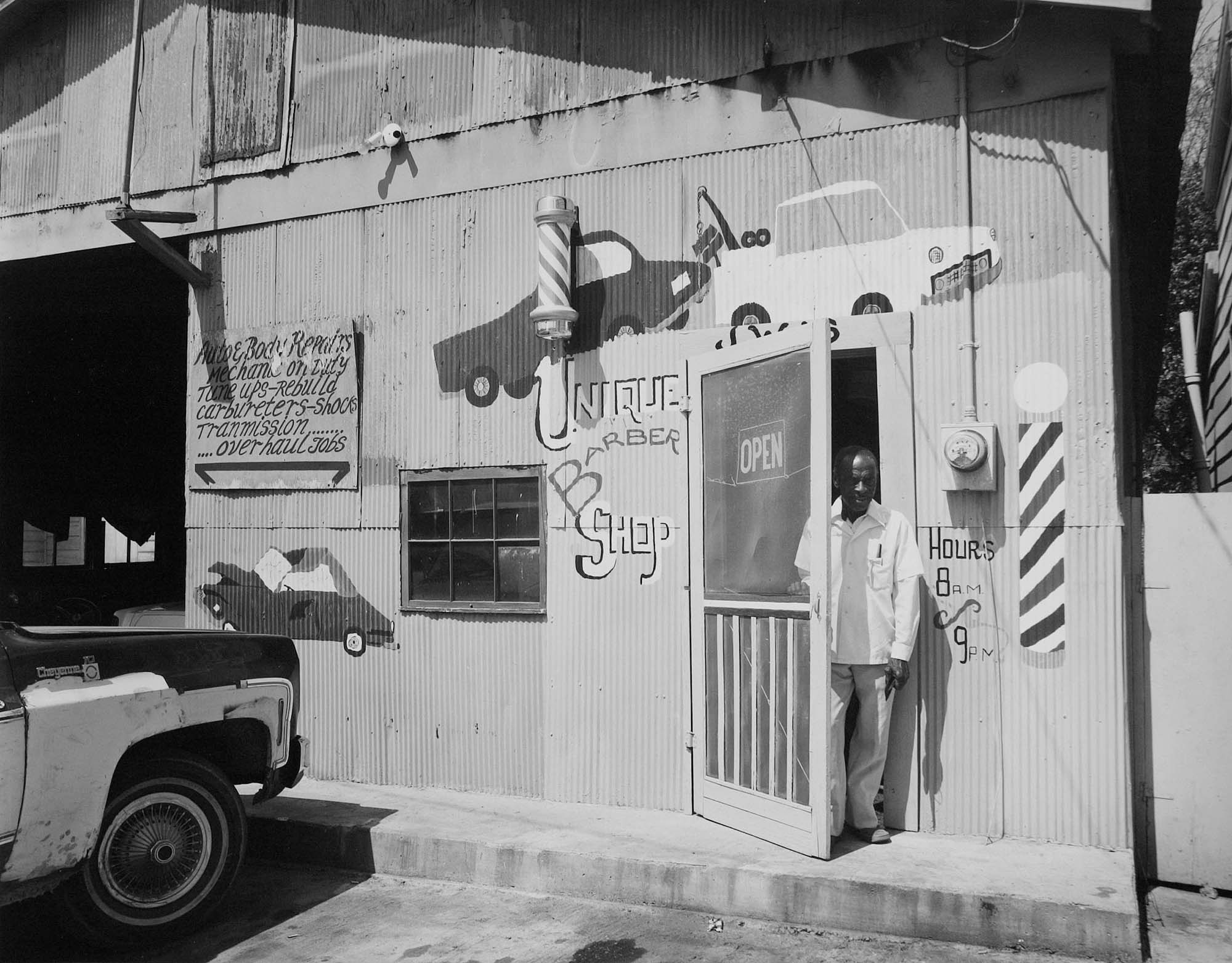
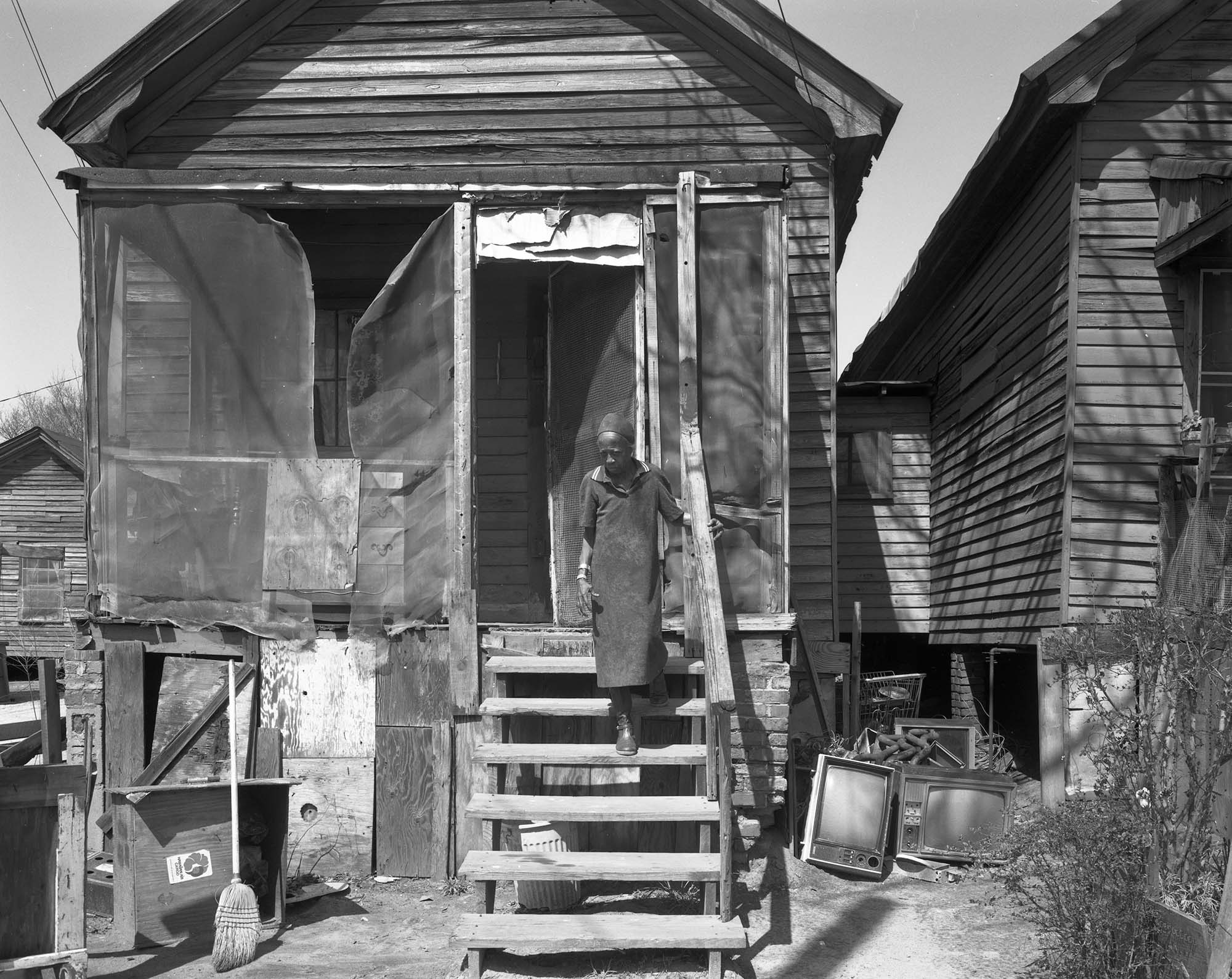
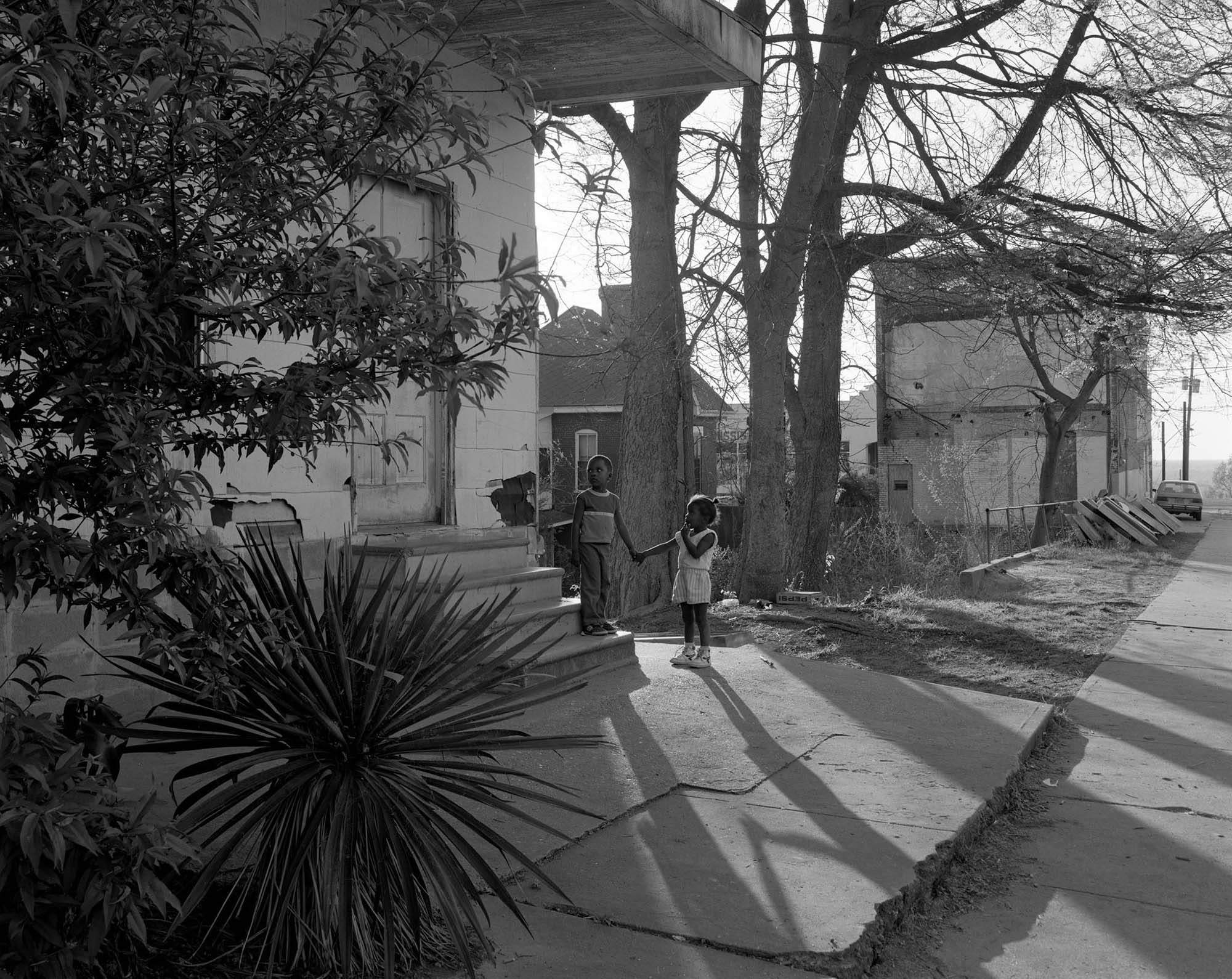
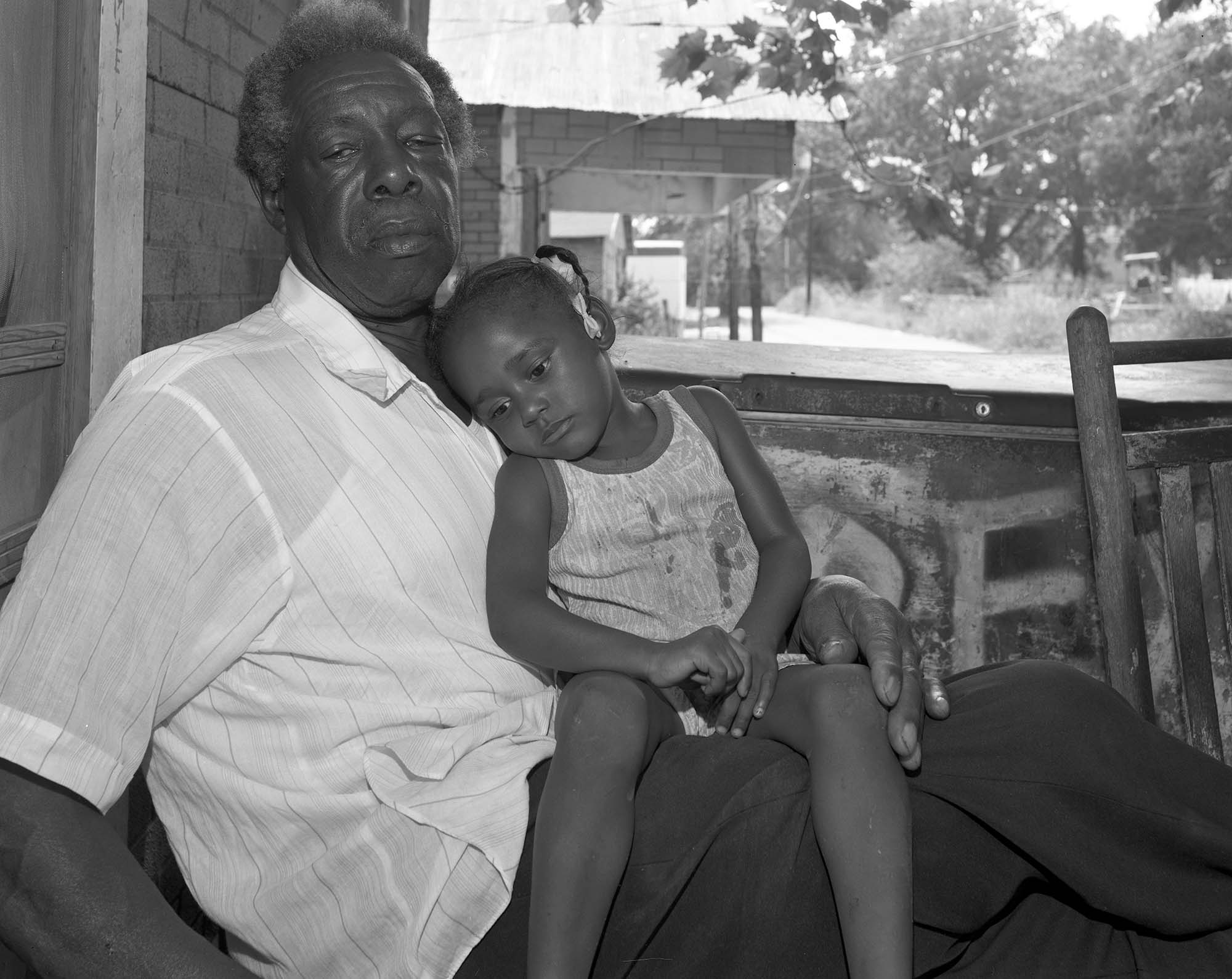
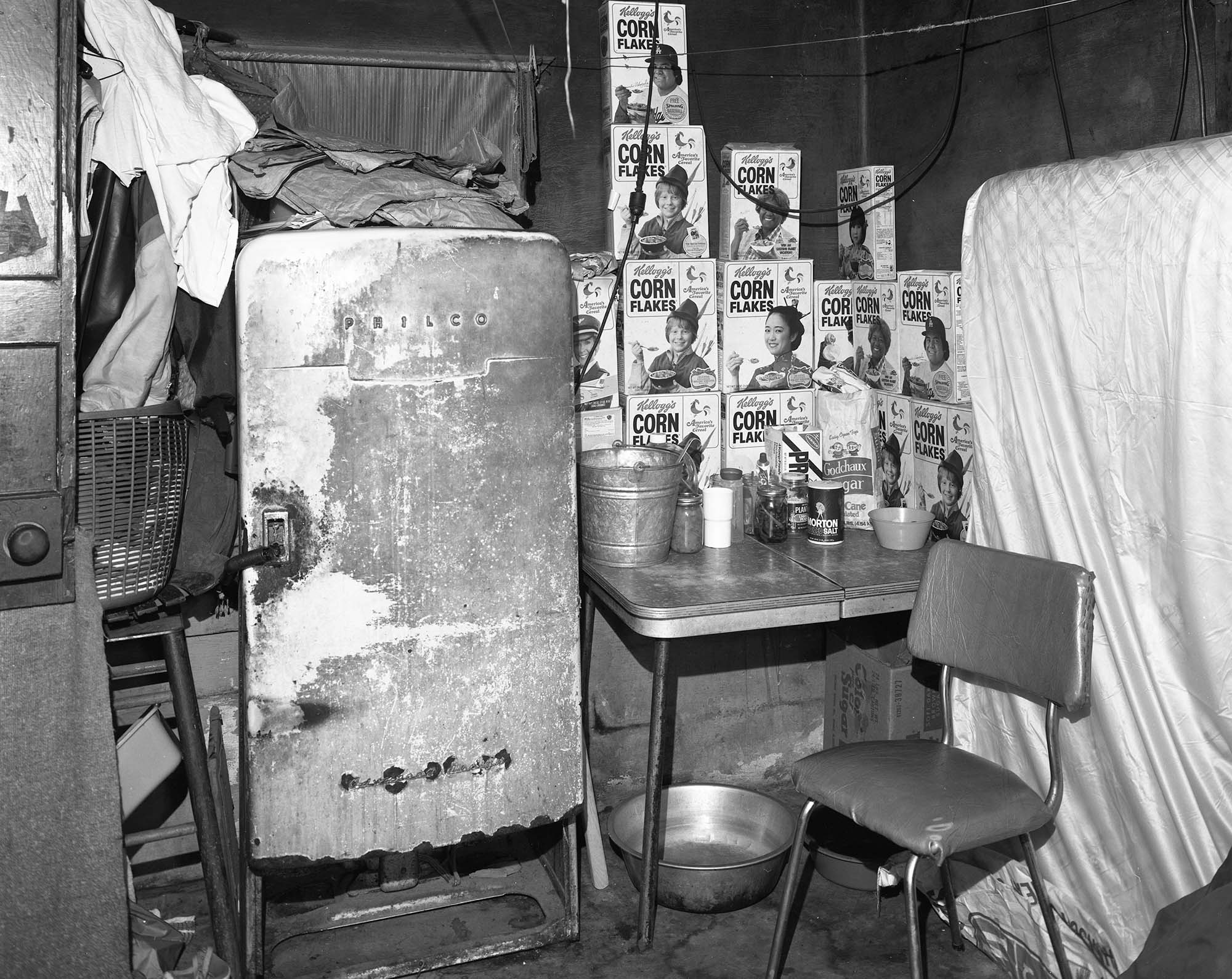
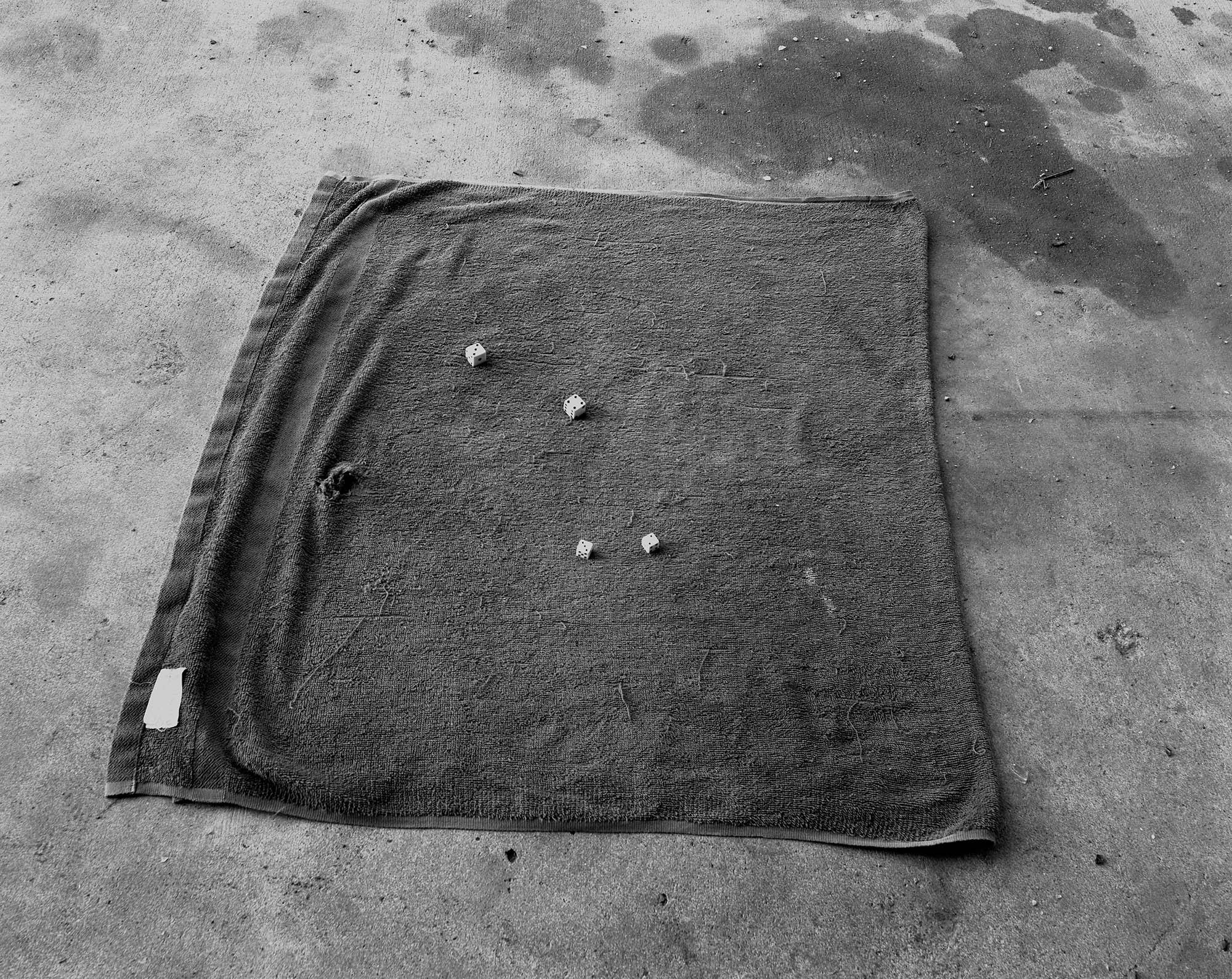
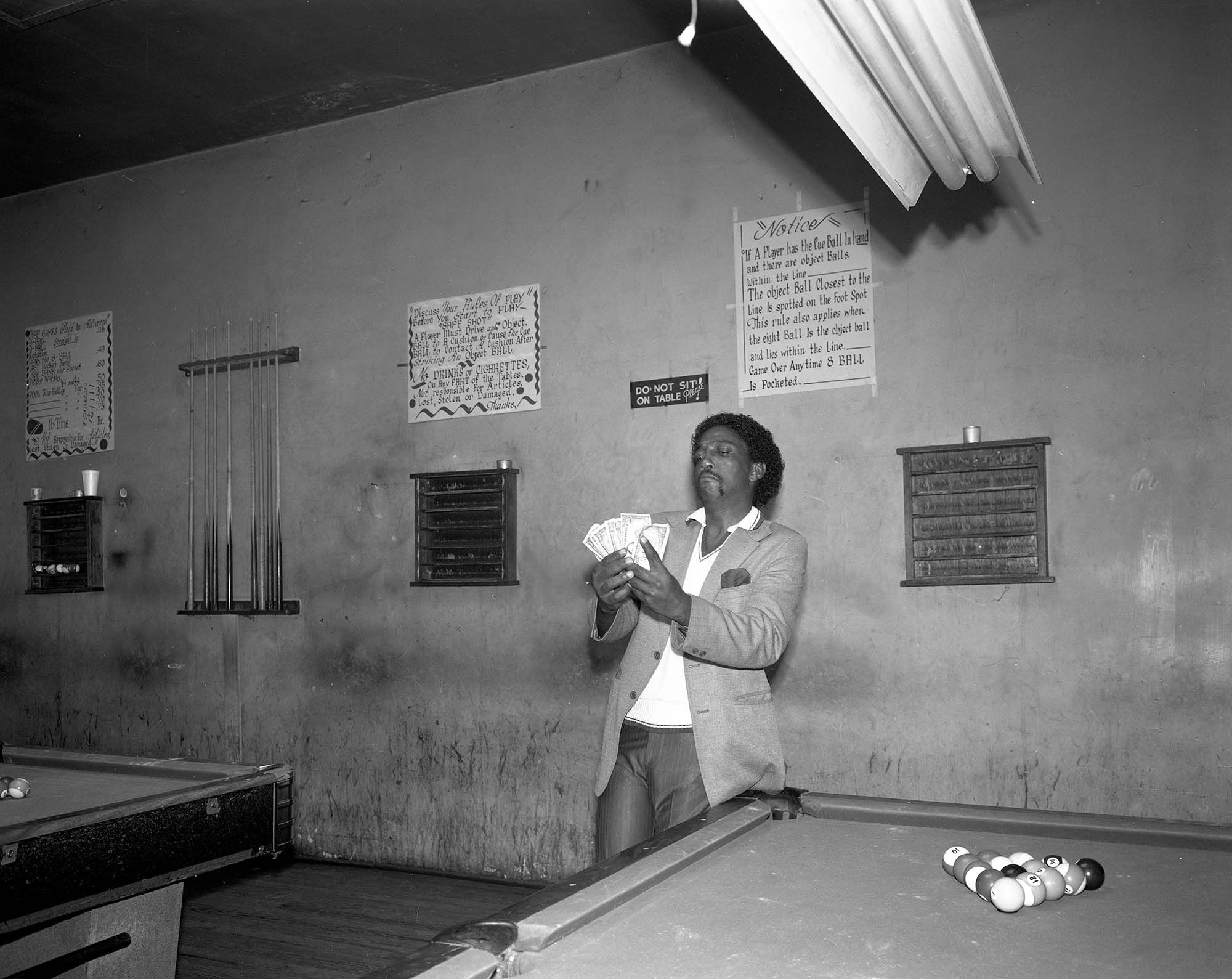
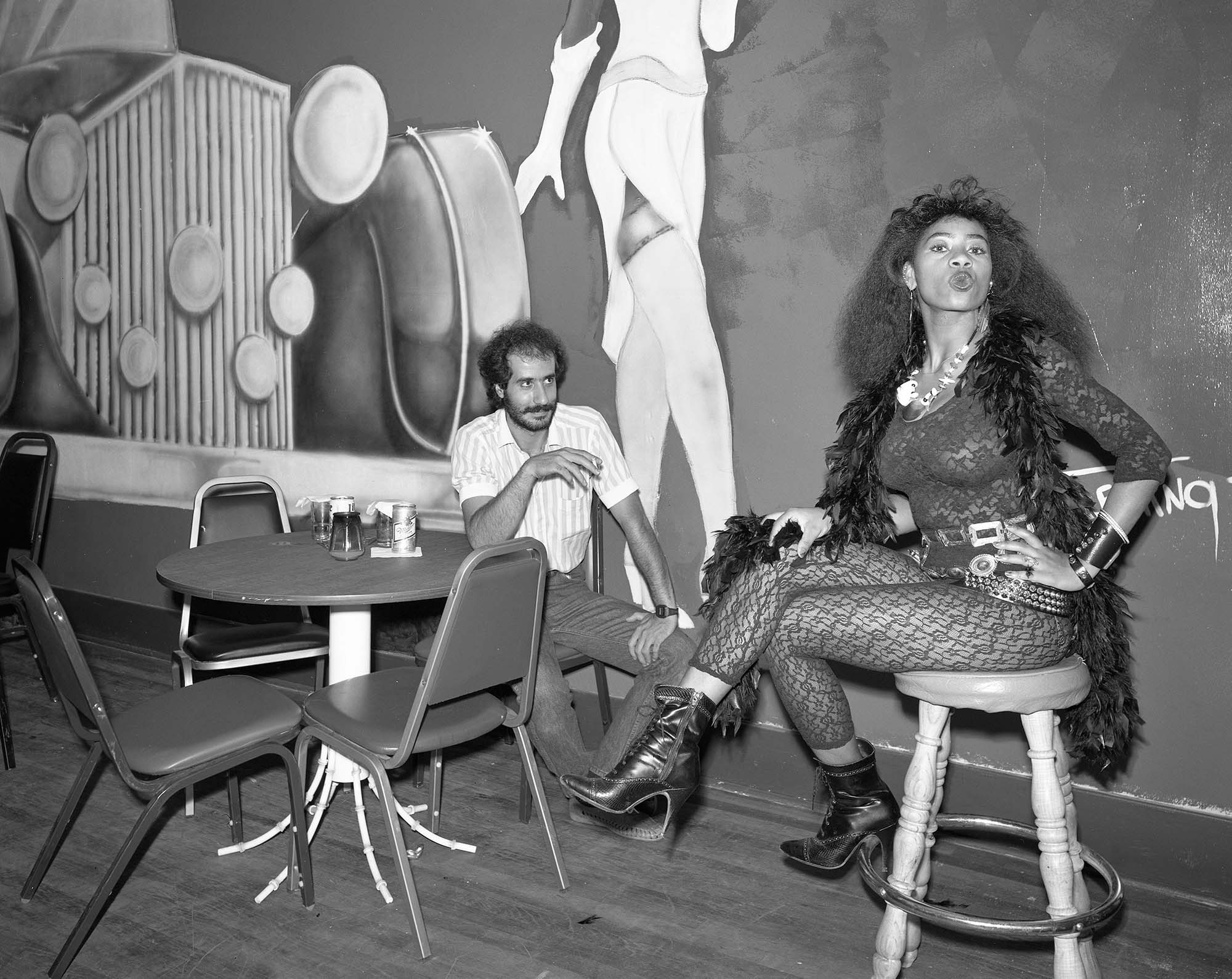


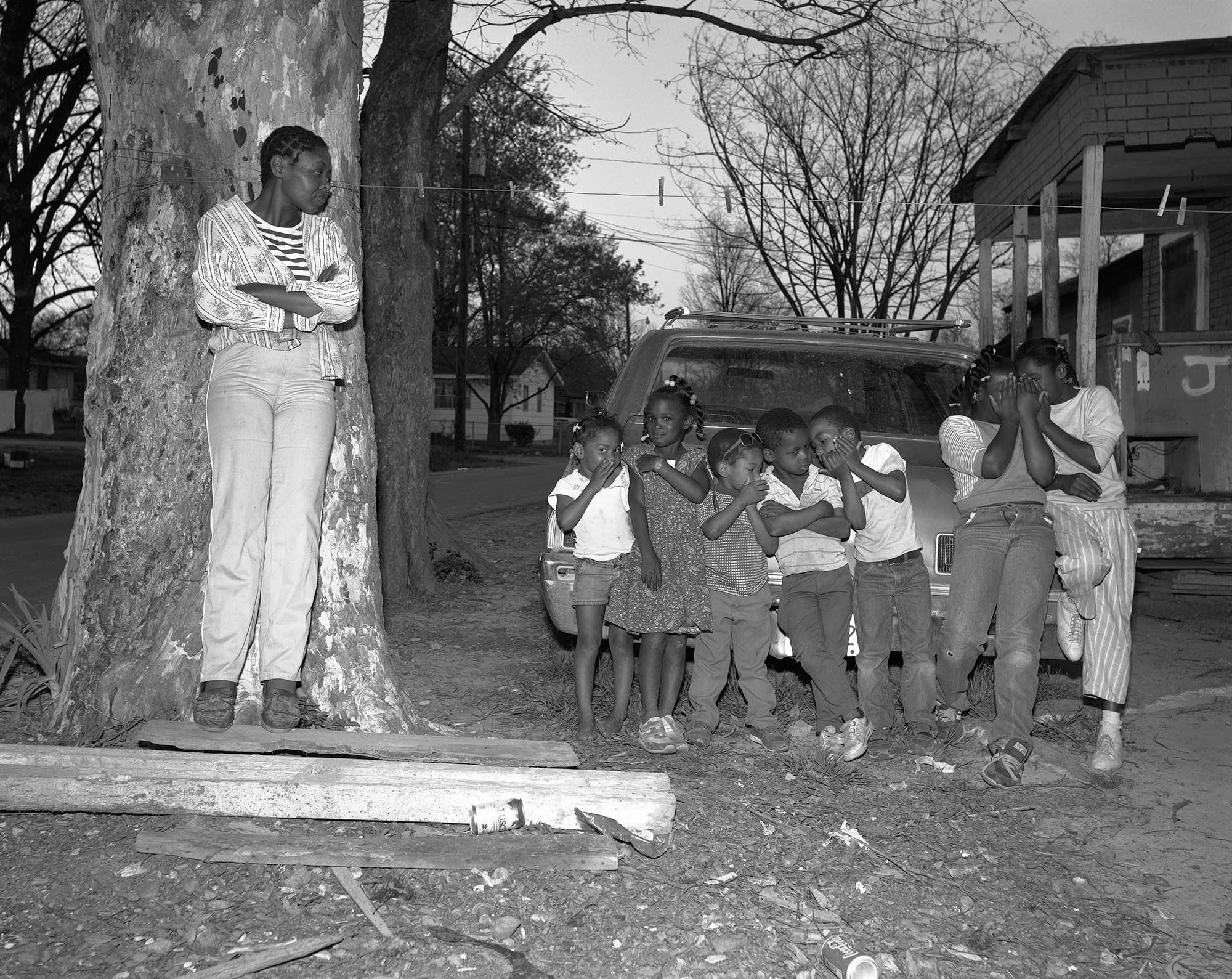
More Must-Reads From TIME
- Dua Lipa Manifested All of This
- Exclusive: Google Workers Revolt Over $1.2 Billion Contract With Israel
- Stop Looking for Your Forever Home
- The Sympathizer Counters 50 Years of Hollywood Vietnam War Narratives
- The Bliss of Seeing the Eclipse From Cleveland
- Hormonal Birth Control Doesn’t Deserve Its Bad Reputation
- The Best TV Shows to Watch on Peacock
- Want Weekly Recs on What to Watch, Read, and More? Sign Up for Worth Your Time
Contact us at letters@time.com